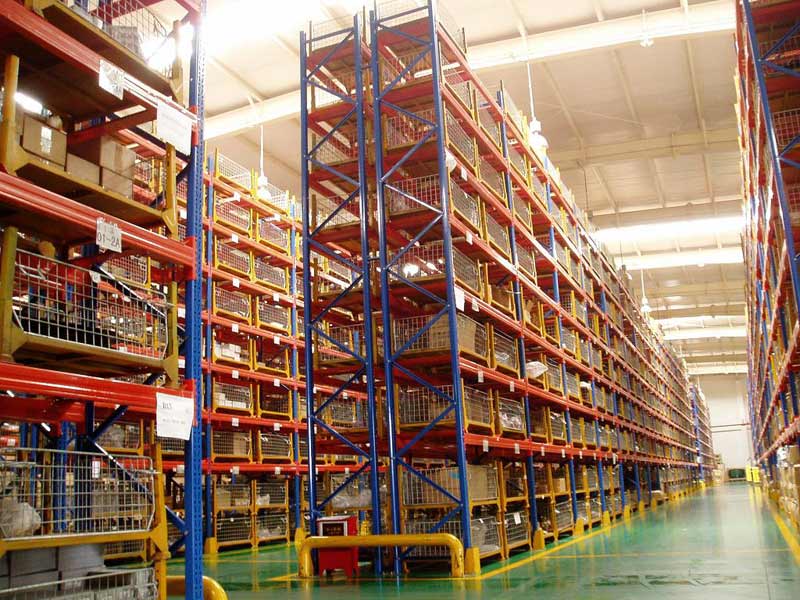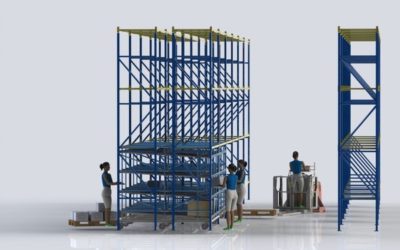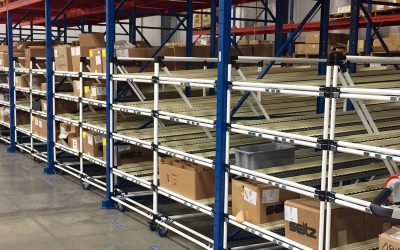Flow racks are critical equipment to a healthy material flow system. A previous blog highlighted uses for flow racks and how they could be used to improve material flow, so now is the time to get into the detail of how they should be designed to work effectively.
This article will review the approach to designing a flow rack for a specific application. Different methods will apply if you are designing a fleet of racks based on a packaging database, but this is a good starting point to understand the principles.
Start with a thorough understanding of the process
We cannot stress this enough. Don’t just know how the process works on paper. Go to the floor and observe the process. Understand the operator’s environment, their tasks, the parts and packaging arriving to them, how product arrives, and the signals (or lack thereof) to create product movement. Talk with the operator to improve your awareness of how the current flow works for them – what would they like to change?
Although we’re talking about flow rack design, the output may be a bigger change to the workstation and overall flow. The full process needs to be understood together.
Know your constraints, timeline, and ambition
If you had unlimited space, time, and money, what could you accomplish? Probably nothing. That sounds counterintuitive, but it’s true. Constraints in space and time plus ambition focuses your efforts and helps to set correct expectations. Putting a solution in place to present two new parts tomorrow and creating connected flow with new packaging, carts, and a rack to show how a system could work next month is quite different.
Constraints may also include different operators, safety requirements, machine footprint, or ergonomic standards. Anything that you need to include for an understanding to build a good solution.
Design for visual management
Visual management is not just about production output and zoning. Visual management is a way of thinking that will change how you design every part of your process. Visual management principles can be built into everything to connect the equipment with the process. It will support the equipment and process working together instead of against each other. How could the flow rack help signal a supervisor that something is wrong? How could the flow rack help the material handler know which parts go in which lane? Better thinking combined with better doing creates better solutions.
While looking at your material flow, also consider the physical effort your operators are performing and discover how a well-designed flow rack can reduce excessive lifting, bending and reaching. A staggered tote presentation allows an operator to access materials from several containers much easier when the flow rack has more than one level, while a tilted presentation can significantly reduce injuries caused from an improper repetitive reaching method.
Geolean flow racks are custom-designed to move material effectively within a well-organized material flow system, and our people work on your plant floor to help you think about and create better solutions. Schedule a design consultation today to see for yourself how Geolean can support your next big change!




